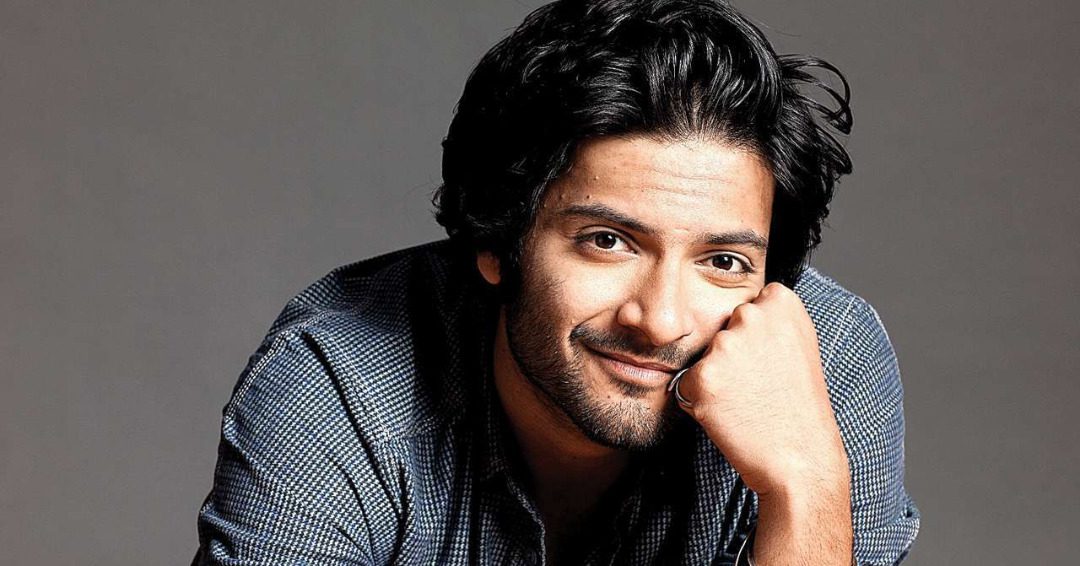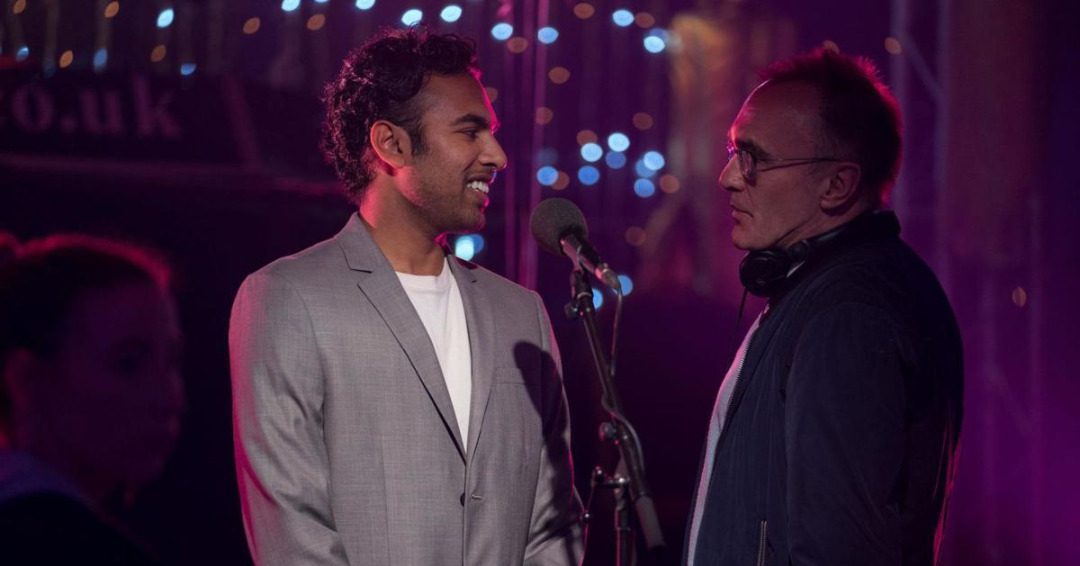(November 10, 2021) “Kabhi kabhi galat train bhi sahi jagah pohoncha deti hai” (At times the wrong train takes you to the right destination) Who can forget this dialogue from Ritesh Batra’s directorial debut The Lunchbox? Because it speaks of hope and nudges one to take that leap of faith.
Batra created magic with his first film and brought an unlikely love story to life captivating the global audience. The Lunchbox helped Batra earn his first BAFTA nomination and won him Rail d’Or at the Cannes Film Festival. The film’s success took the 42-year-old to off-shores and put him in Variety’s Top 10 Directors to Watch list.
However, it wasn’t a smooth ride for Batra who had quit a well-paying job at Deloitte to pursue his passion for filmmaking.
NYU to BAFTA – Making for a filmmaker
Born in a middle-class family in Mumbai to a homemaker mother and a merchant navy father, Batra completed schooling from AVM High School and moved to the US to join Drake University for a degree in Economics. The stint helped him grab a position at Deloitte which he gave up after three years to chase his filmmaking dreams. He started with writing and directing shorts, and his Arab language short Cafe Regular, Cairo won over 20 awards including Best Film at German Star of India. He was also selected by the Sundance Directors and Screenwriters labs to work on his feature project Story of Ram in 2009. Later, Batra applied for the graduate film program at New York University’s Tisch School of Arts. But he eventually dropped out of NYU to take a crack at making his first feature film The Lunchbox. The idea of making the film came to him while making a documentary on Mumbai’s dabbawalls. Though it took him four years to find a producer who would back a film that wasn’t a typical Bollywood potboiler.
Batra, who didn’t come from a filmi background, had to struggle for years to get that first big break. “Even though I grew up in Mumbai, I know how difficult it is to break into [the industry] and to survive it is even harder. I was alone with my script (The Lunchbox) for four years,” he told The Week in an interview.
The sensational debut
However, Batra found a solid backing in Guneet Monga who produced The Lunchbox. She saw the potential in the script of The Lunchbox and wanted it to be an international co-production. Batra wanted the film to have a global appeal and so he got people from across the world for his debut film. “The film’s total budget of about $1.5 million came from producers in India, France, Germany, and America. When you have international financing it makes a difference — it helps the film a lot strategically. We also had an American cinematographer and editor, a German sound engineer and composer, and so on. So it makes it a universal product. Collaborating makes it artistically relevant to other cultures and it can be seen widely,” he told BrainGainMagazine.

Ritesh Batra with the team of The Lunchbox at Cannes Film Festival.
With his debut film, the filmmaker hit the ball out of the park as it was nominated at the BAFTA and won the Toronto Film Critics Association Award for Best First Feature Film in 2014. The same year, it premiered at the Cannes Critics Week and was one of the highest-earning foreign films in the US in 2014. Batra’s risk of dropping out of NYU for The Lunchbox paid off as the film opened up the doors of Hollywood for the filmmaker. “I went to NYU briefly before I kind of shamefully dropped out. At the same time, if I hadn’t dropped out and taken the risk I wouldn’t have made my film,” he added.
The global journey
The Global Indian became the toast of the town after the release of The Lunchbox. However, the 42-year-old did not rush into new projects. Instead, he worked at his own pace and steered towards the UK for his second film The Sense of an Ending after BBC Films offered him the opportunity to film the adaptation of Julian Banes’ Booker Prize-winning novel. While shooting for his first English film, Batra was approached by the iconic American actor Robert Redford for directing Our Souls at Night. And that’s how Batra landed his first Hollywood flick. A screen adaptation of a novel by the same name, the film was a romantic drama and Redford knew that Batra would do justice to the story after watching The Lunchbox.

Ritesh Batra with Robert Redford during the filming of Our Souls at Night.
Ritesh Batra, who hails from India, didn’t face any prejudice on the film sets instead he loved the experience. “I don’t think we ever discussed it… We discussed the material a lot. But at the end of the day, it’s about the characters and the material when you collaborate on a movie. It’s not about anything else… They trusted me. I don’t think about it any other way. Not about representing (India). Representing is a natural consequence of who you are,” he told IndiaAbroad.
The filmmaker, who shuttles between Mumbai and New York, made it to Variety’s list of Top 10 Directors to Watch in 2017. Batra is one of those rare directors who has taken Indian stories to the world map. If his debut film was a perfect sneak-peek into Indian cinema, his next two films proved him to be a director who explores love stories like no one else on the big screen. The 42-year-old is striking a perfect balance between the East and the West with his style of storytelling.
Follow Ritesh Batra on Instagram and Twitter



